‘I’ve been to Hawaii, Thailand and Mauritius – but I keep returning to Cleethorpes’
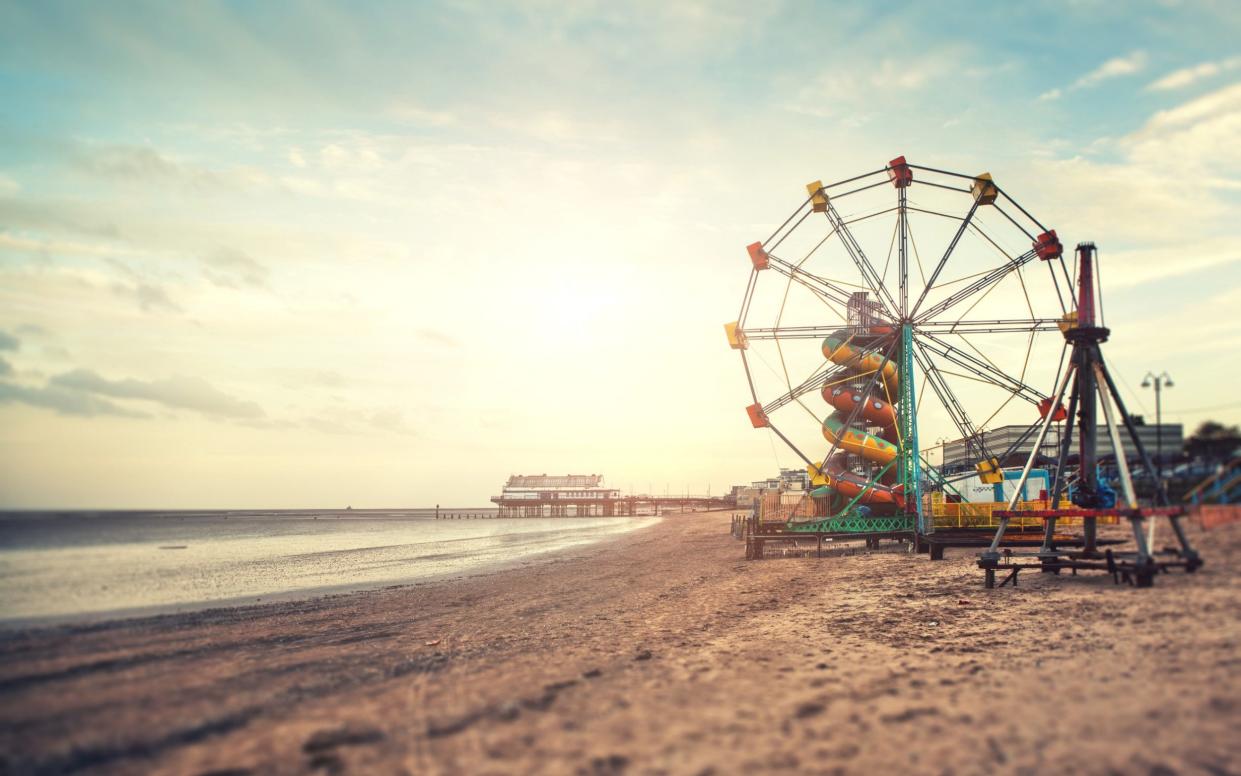
All summer we will be taking the pulse of our most famous traditional seaside towns, examining the efforts being made to regenerate them, and opining on whether they are still worth visiting. This week, Sarah Baxter explores Cleethorpes.
The world revolves around Cleethorpes. No, really. Strolling Marine Walk, I found a plinth inscribed with those very words, marking where the Greenwich Meridian hits the Lincolnshire coast.
When this great east-west dividing line was first established in 1884, Cleethorpes was in its pomp. In the early 19th century it had developed from humble fishing village to fashionable health resort. From 1863 the railway brought more people; the pier opened in 1873.
But today? Wandering around, it’s clear Cleethorpes has lost a little of its lustre. The handsome Victorian shell of the Empire Theatre was a-bleep with arcades. The statue of Dudley the Donkey looked sad indeed, vandals having lopped off both his ears. And yet… The town doesn’t feel lost.
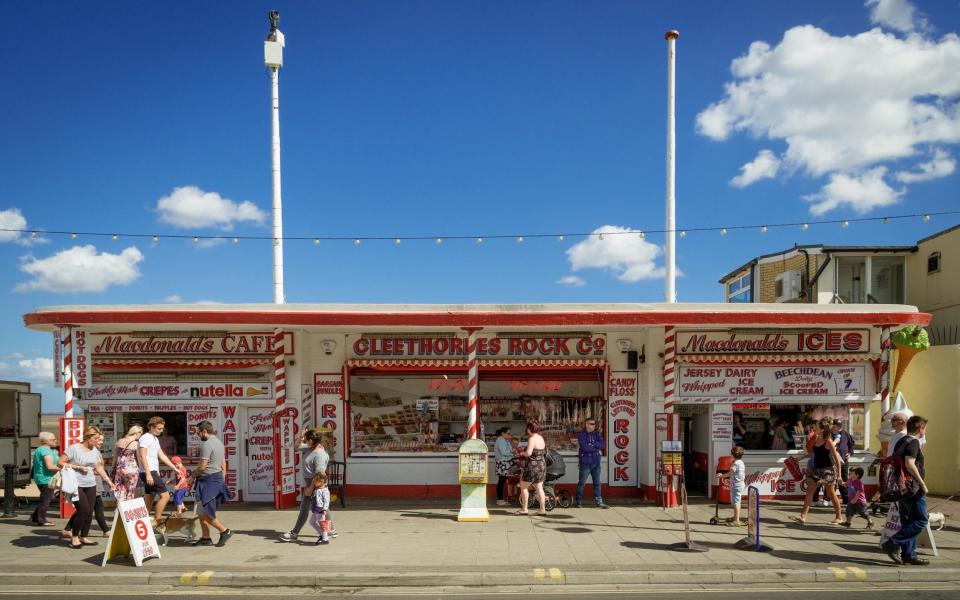
Perhaps the pier is the best metaphor: initially 365m long, it’s been reduced to 102m these days but, despite various tribulations, continues to thrive: the restored pavilion currently houses Papa’s, allegedly the world’s largest (and best?) fish and chip restaurant. Meanwhile, a pile of Levelling Up cash is regenerating nearby Pier Gardens.
“Money is being spent,” guide Emma Lingard confirmed. “But people still like popping their pennies in the slot machines, buying a bag of chips, sitting in the gardens. I don’t think Cleethorpes has ever lost its appeal.”
What’s it really like?
Not bad at all. Cleethorpes lies on the southern side of the Humber estuary, its main draw being the big old beach. The sand stretches for miles, variously backed by concrete promenade and SSSI-listed salt marshes, though the estuary’s wide tidal range means everything changes in a flash. It can be treacherous too, with its deep, sucky mud, twisting creeks and fast-advancing North Sea, which is liable to strand unthinking holidaymakers. Warnings dot the shore. Keeps the view interesting though.
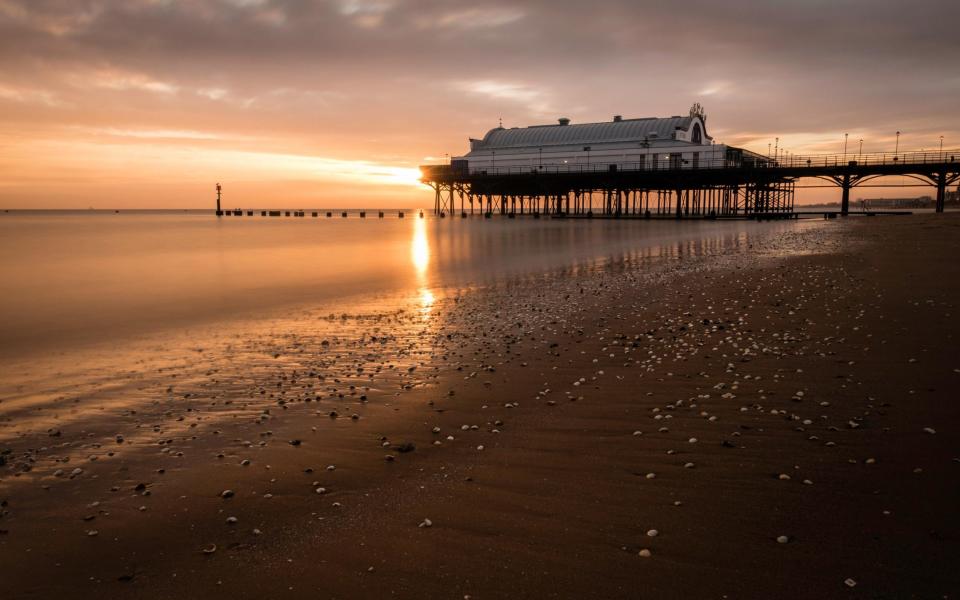
Yes, the view. Even on a dreary day, there were hardy souls on benches, watching the world go by. They were looking out to the abandoned Haile and Bull Sand Forts, built to defend the Humber during the wars, and to the ships coming to and fro – the Humber is one of the country’s busiest trading estuaries. “People stand here mesmerised by all the ships,” Emma told me. “You can get on to Vesseltracker and see where they’ve come from.”
Watching boats, playing mini-golf, inhaling sea salt and candy floss – the simple pleasures offered by Cleethorpes haven’t changed much for decades. But plans are afoot.
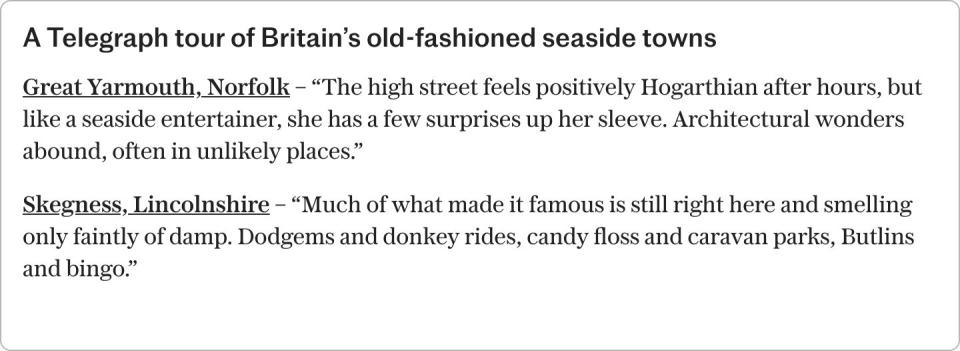
The Cleethorpes Masterplan, made in 2022, is aiming to create three distinct character areas along the seafront to, it hopes, “provide social, leisure and entrepreneurial opportunities for a wide breadth of society”. And this spring, plans to turn the derelict Pleasure Island theme park (closed in 2016) into a £65 million holiday resort, featuring 272 lodges and two hotels, have progressed – the project is currently “pending consideration”.
What’s not to like?
The railway created Cleethorpes. But even back in the day, classier visitors avoided the station area. “The north end of town was called the trippers’ end, because day-trippers just rolled off the train and stayed there,” Emma said. “They had a reputation for nudity, bad language, drinking – just like today.”
It is a bit scrappy, with a few derelict lots and unlovely shopfronts; there was a big dipper and Wonderland fairground here, but these have gone. However, as I ambled up a shabby lane from the station, I came across street-artist Woskerski putting the final touches to a bright, brilliant mural on the side of the Old Vic pub. It’s part of Paint the Town Proud, a project by Grimsby-based Creative Start, which helps people in recovery rebuild their lives through creativity.
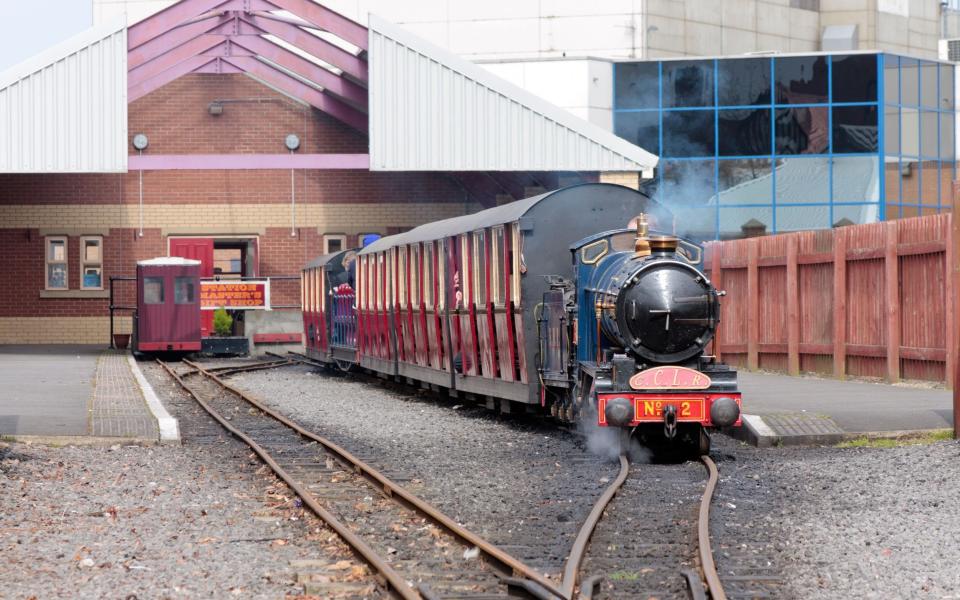
Aside from this, the town is a mix of lightly-faded Victorian and pretty ordinary. On St Peter’s Avenue, the main shopping street, cafes and butchers rubbed up with Greggs and Shoe Zone. Emma took me down a narrow lane – the sort first built for carts – to one old tenacious cottage; the car park opposite was once full of tenements but they were torn down after a cholera outbreak in the 1860s. Cholera wasn’t good for the tourist industry.
Do this…
Visit or, better, stay at Humberston Fitties, in Cleethorpes’ far south. This shantytown of no-two-the-same cabins, tucked behind the dunes, is one of the country’s surviving plotlands – informal camps that cropped up from the late 19th century. Now a Conservation Area, the Fitties is an entirely different Cleethorpes, maintaining the independent spirit in which it was created.
I stayed in Little Haven (from £99pn; holidaystaycations.co.uk), a cute white-clapperboard bungalow, and got up early to watch the sunrise over the Humber. No ice-cream vans or slot machines in sight here, just a bird reserve and a lot of lovely sand.
Eat this…
Fish and chips. At Steels Cornerhouse (established 1946) a superb small haddock and chips, served with bread and butter and a pot of tea, costs just £10.95. It was also served with a side of retro cheese: Bonnie Tyler and Shakin’ Stevens on the stereo.
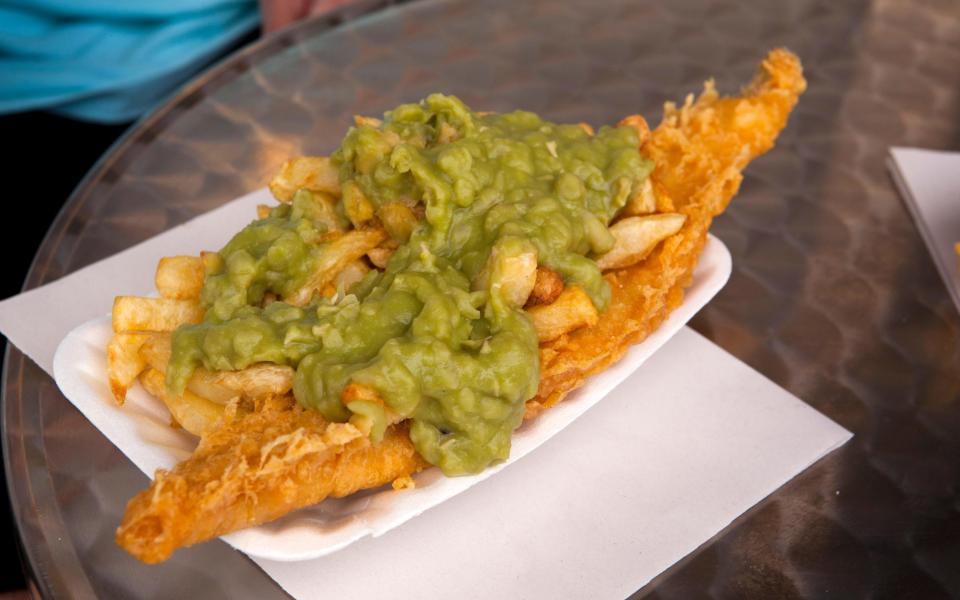
I made a beeline for Duffy’s, too. Duffy Sheardown used to design racing cars. Now, on a Cleethorpes industrial estate, he makes award-winning single-origin artisan chocolate.
The Honduras 72% is his personal favourite: “It’s not what you expect; put it in your mouth and it changes, then changes again”. London’s Academy of Chocolate once named it the best bar in the world.
But don’t do this…
The toy-like Cleethorpes Coast Light Railway started pootling along the seafront in 1948. A classic – but rather underwhelming. Granted, a middle-aged solo woman isn’t the target market, but: I could have walked quicker, a chill wind blew in and the view was better from the footpath that runs alongside.
However, the station paraphernalia was much more fun. I stuck my head into the Signal Box Inn, a converted former signal box measuring just eight-feet square, which claims to be the world’s smallest pub. The older gents filling the bar, and the lady pulling real ales behind it, were surprisingly welcoming, given the confined space.
From a local
“The North Prom needs improvement – that area is looking tired. But Cleethorpes is a great place to live. Sun (sometimes), sand and sea, countryside on the doorstep, really cheap property prices compared to other areas, friendly locals and everything you need without having to travel miles.” Julie Connell, Cleethorpes
From a tourist
“We came first 12 years ago and have been back several times since. Friends can be snobby – ‘oh, really, you’re going to Cleethorpes?’. But it’s just classic British seaside. I’ve been to Hawaii, Thailand, Mauritius – you wouldn’t put Cleethorpes up there with Maui. But it’s still a lovely beach.” Paul Adler, Watford
Get there
Cleethorpes is well connected by train: the TransPennine Express runs direct from Manchester (in around 2.5 hours), via Sheffield and Doncaster – historically many visitors have hailed from those cities. Northern trains also run to Cleethorpes from Barton-on-Humber. See destinationlincolnshire.co.uk.


